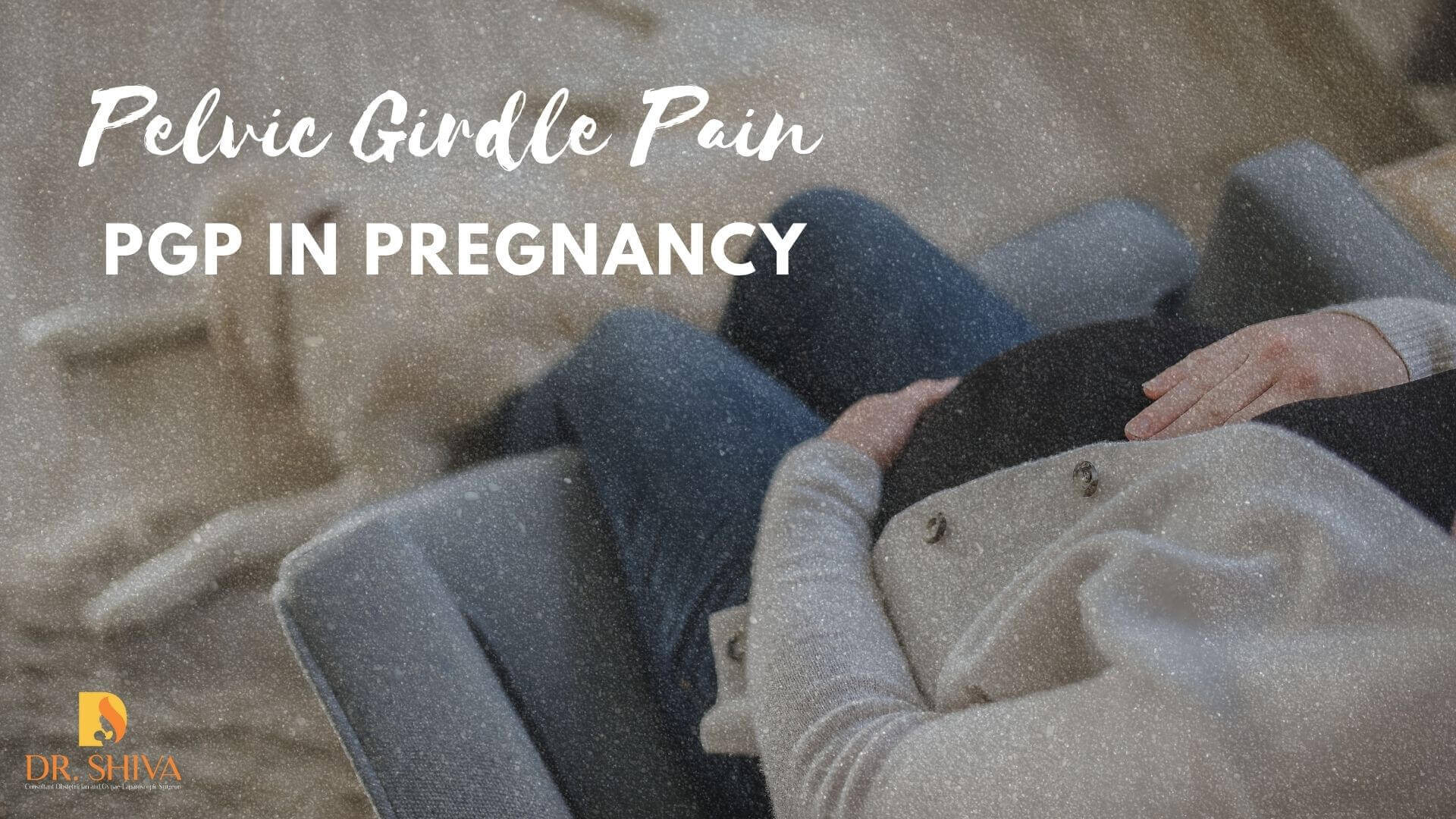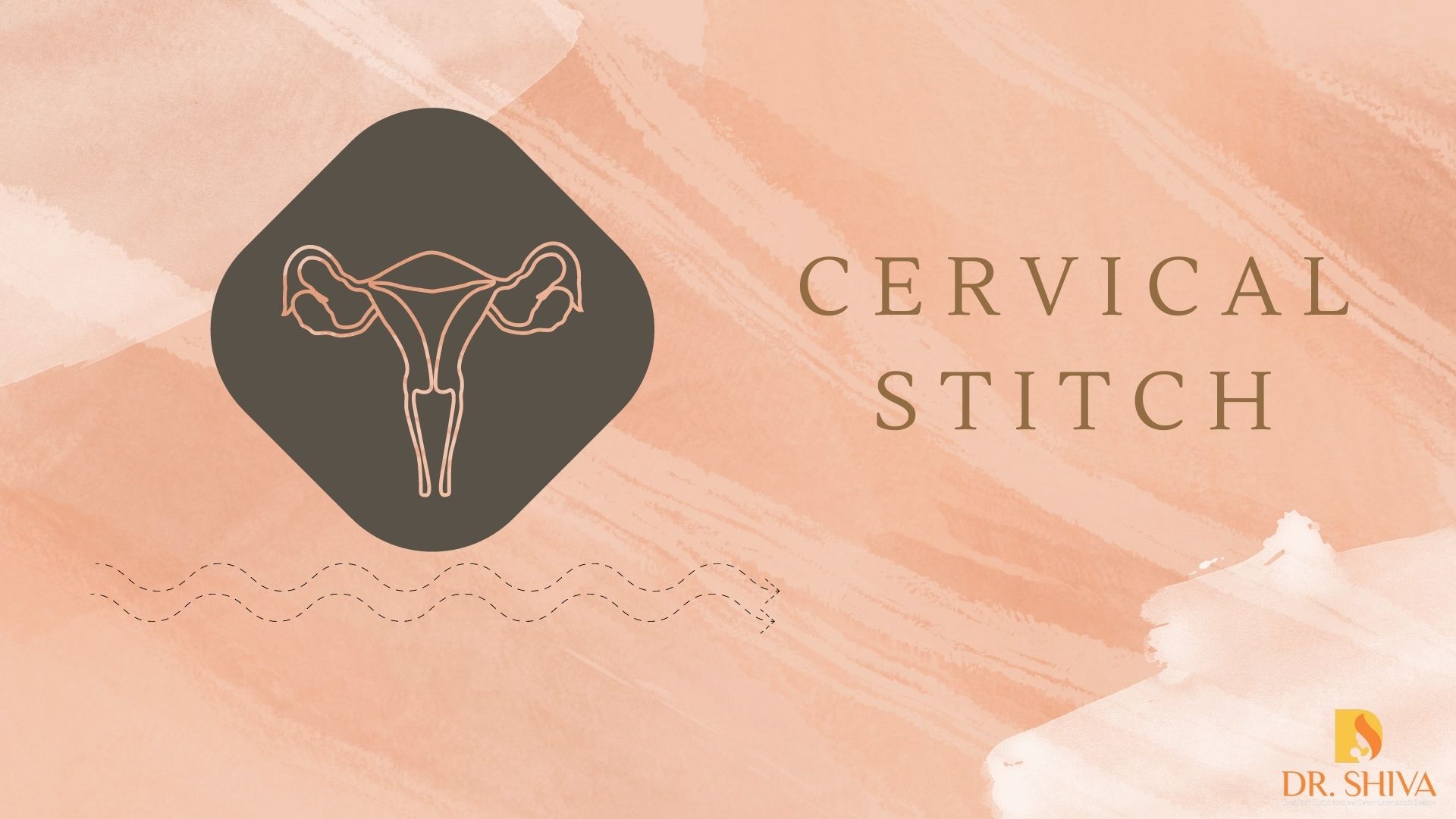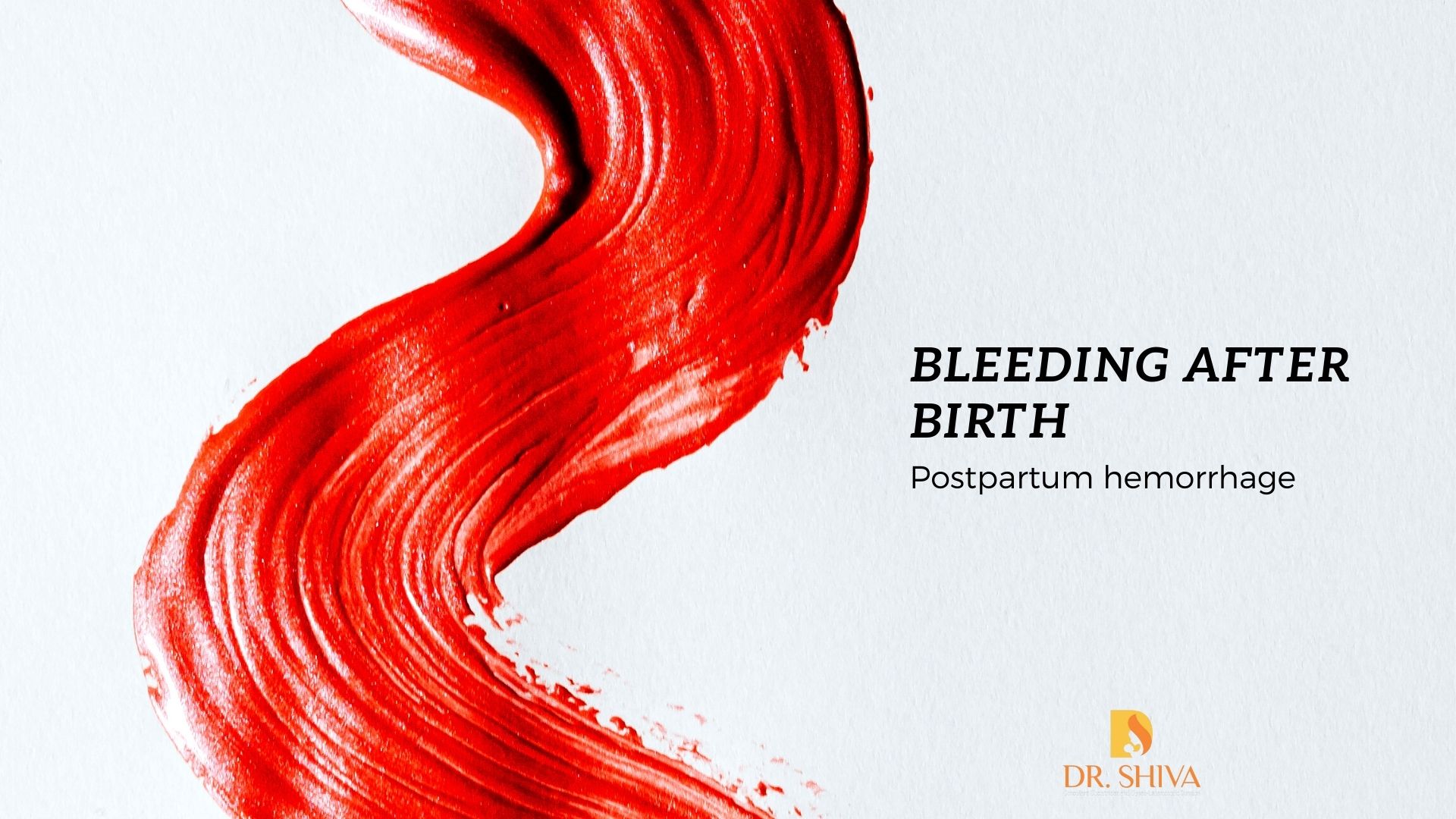
Some women may experience pelvic pain during pregnancy. PGP or pelvic girdle pain also known as symphysis pubis dysfunction, SDP, usually affects 1 in 5 pregnant women. It will not affect the baby in any manner but can be painful for the mother when moving around. If the pain turns out to be severe, affecting day-to-day activities or your sleep, make sure to consult with your doctor. PGP is treatable, but it is better to diagnose it early so the treatment help relieves the pain before it can worsen and affect your emotional well being.
Symptoms of PGP
1)Experiencing pain
- over pubic bone in the front along hips
- deep in the pubic area between the vagina and anus
- across lower back
- spreading to the thighs
2)Grinding sensation in the pelvic area. The pain may worsen when doing the following –
- walking
- moving up or down the stairs
- when you need to spread your legs to get out of a car
- turning on bed
- standing on one leg when getting dressed
Cause for pelvic pain during pregnancy
During pregnancy, the joints in the pelvic area may become stiff, misaligned or less stable. This may cause inflammation or pain. Certain other factors may contribute to it such as
- history of pelvic girdle pain
- injury to the pelvic area due to an accident
- being overweight
Treatment for PGP
Physiotherapy – Exercise to strengthen lower body muscles and pelvic floor, improve your posture and help reduce the pain. Hands-on treatment will be given to the joints to get them in position.
- Pelvic support belts may be provided
- Medicines- which are safe to have during pregnancy can help reduce pain.
A few other essential points to keep in mind are
- be active with the activities which are within pain limits
- avoid activities that can increase the pain
- wear flat shoes
- when moving on the bed keep your knees together
- sleep on the less painful side
- when sleeping on your side use a pillow between your legs.
- keep your knees close together when trying to move out of the car. A plastic sheet on your seating can help to turn on the seat.
- sit down when getting dressed to avoid balancing on one leg
- avoid breaststroke when swimming
Avoid following things when having PGP
- Crossing legs
- Bending down to lift or carry a toddler or baby on the hip
- Carrying very heavy objects
- Sitting on the floor
- Sitting or standing for a very long duration
The doctor may also discuss finding position and range till which you can spread your legs for normal deliver. PGP usually reduces after delivery as the body and hormones start to settle back but if it lasts even after 6 weeks make sure to consult your doctor.
If you had a PGP, there is a greater chance of it repeating in your next pregnancy so make sure you are healthy and fit before the next pregnancy. Practicing exercises that strengthen the pelvic floor muscles can help reduce the chances of having it in the future.
For more details kindly contact us.



Recent Comments